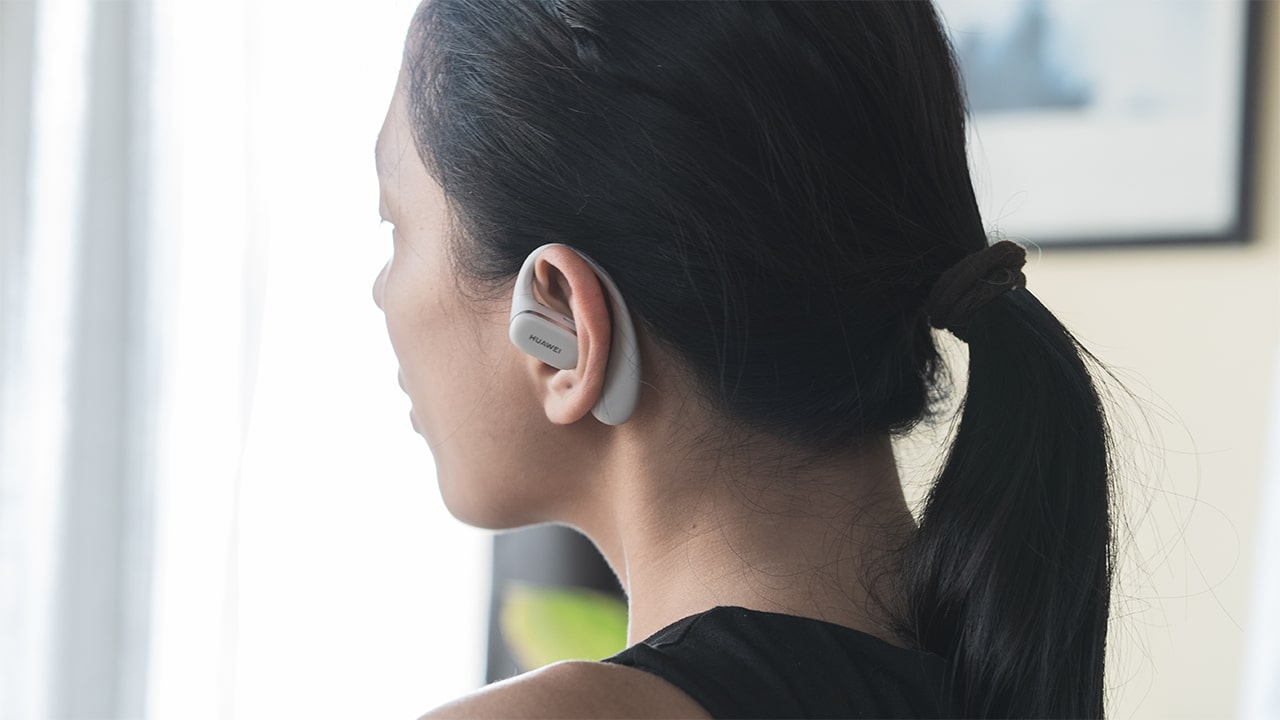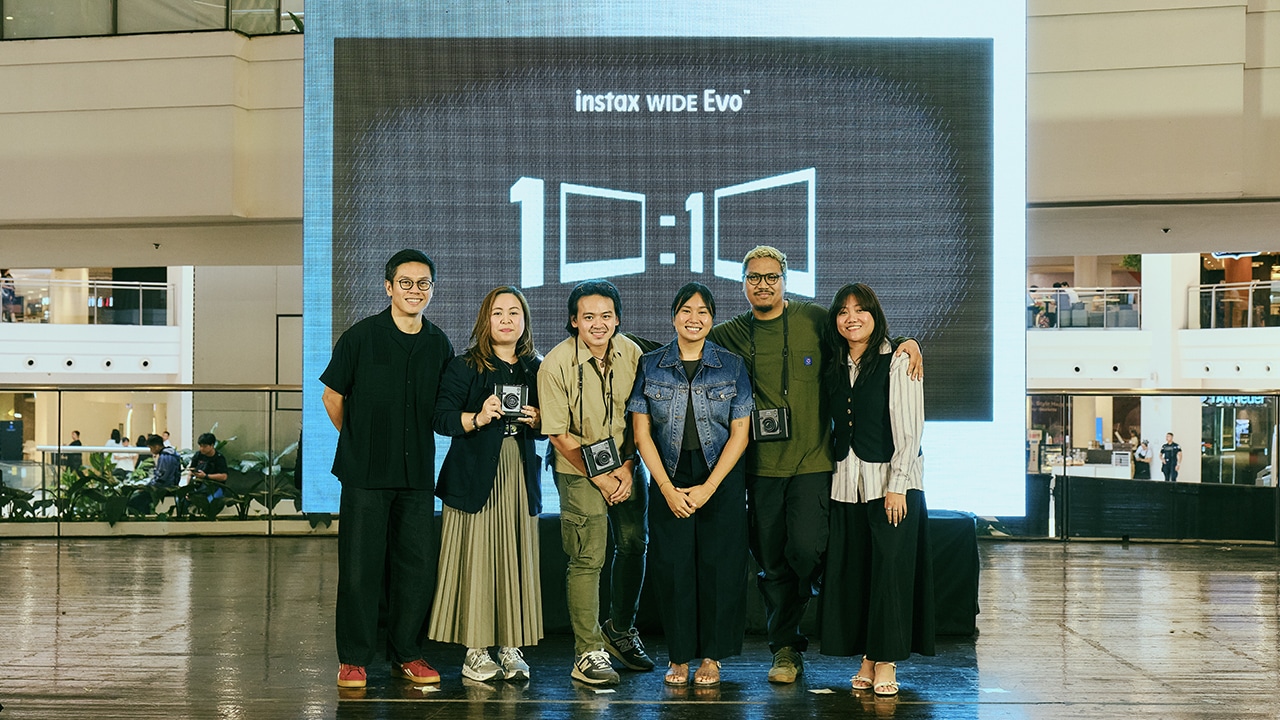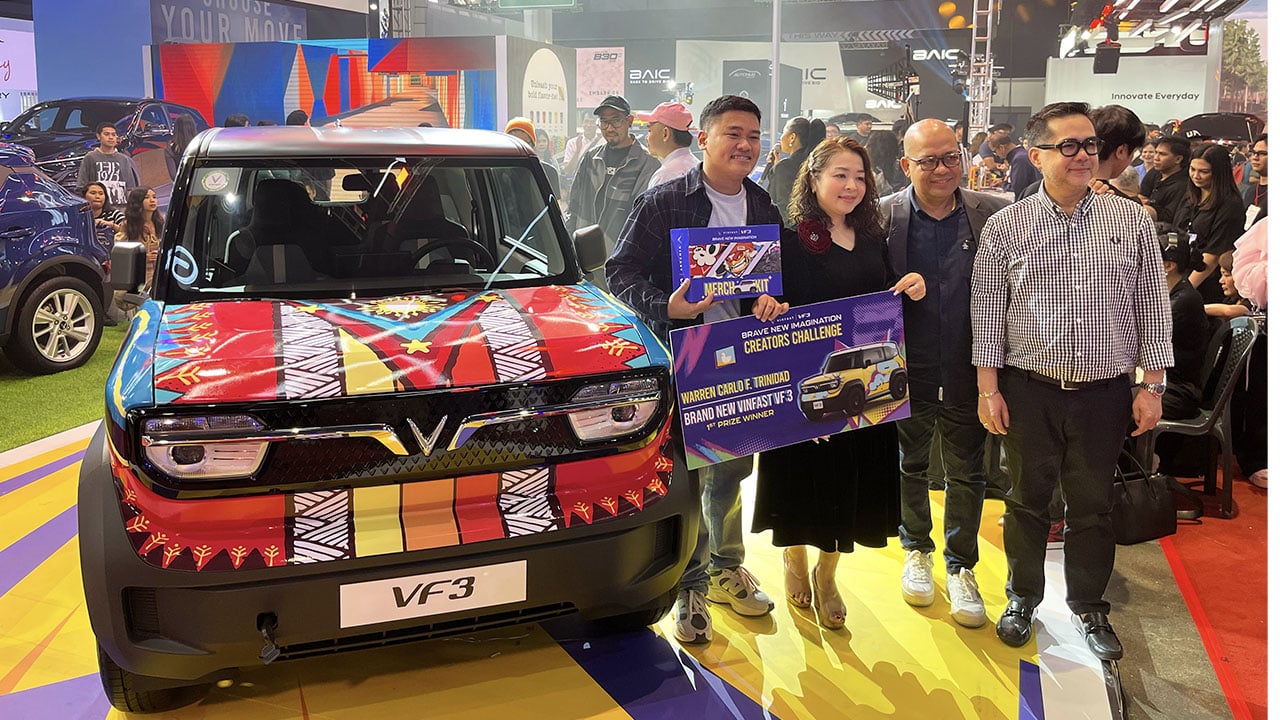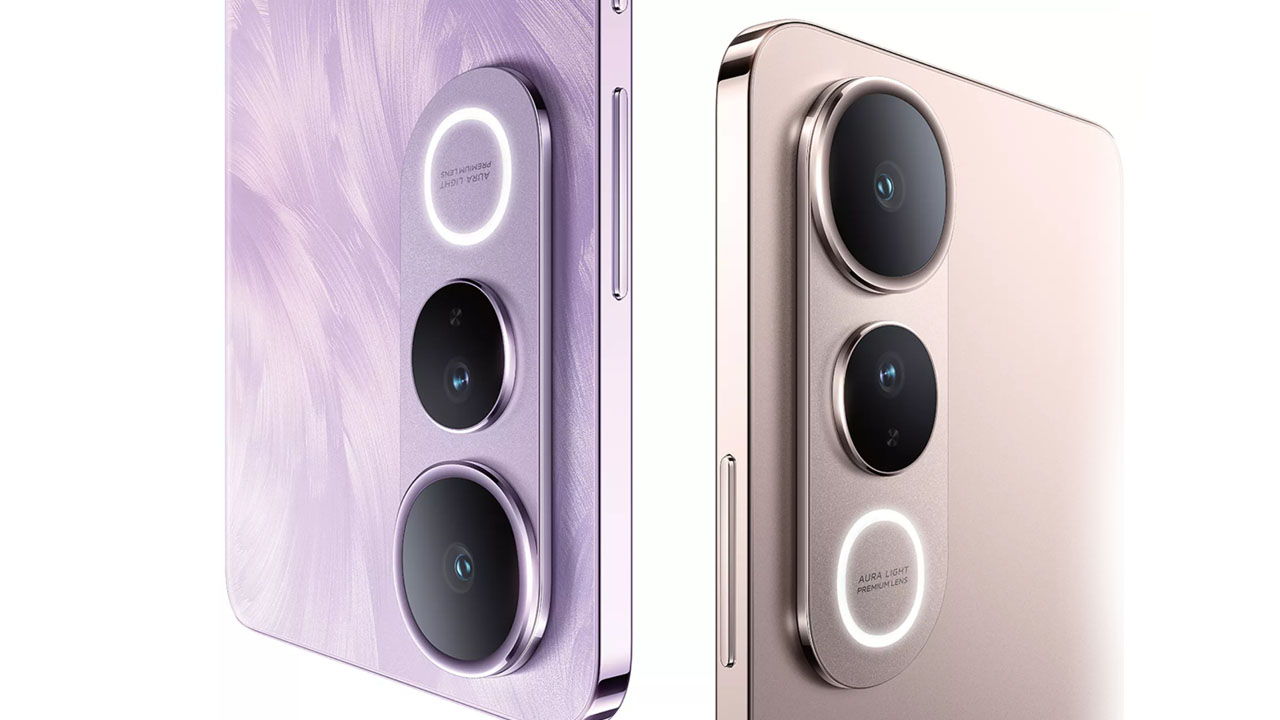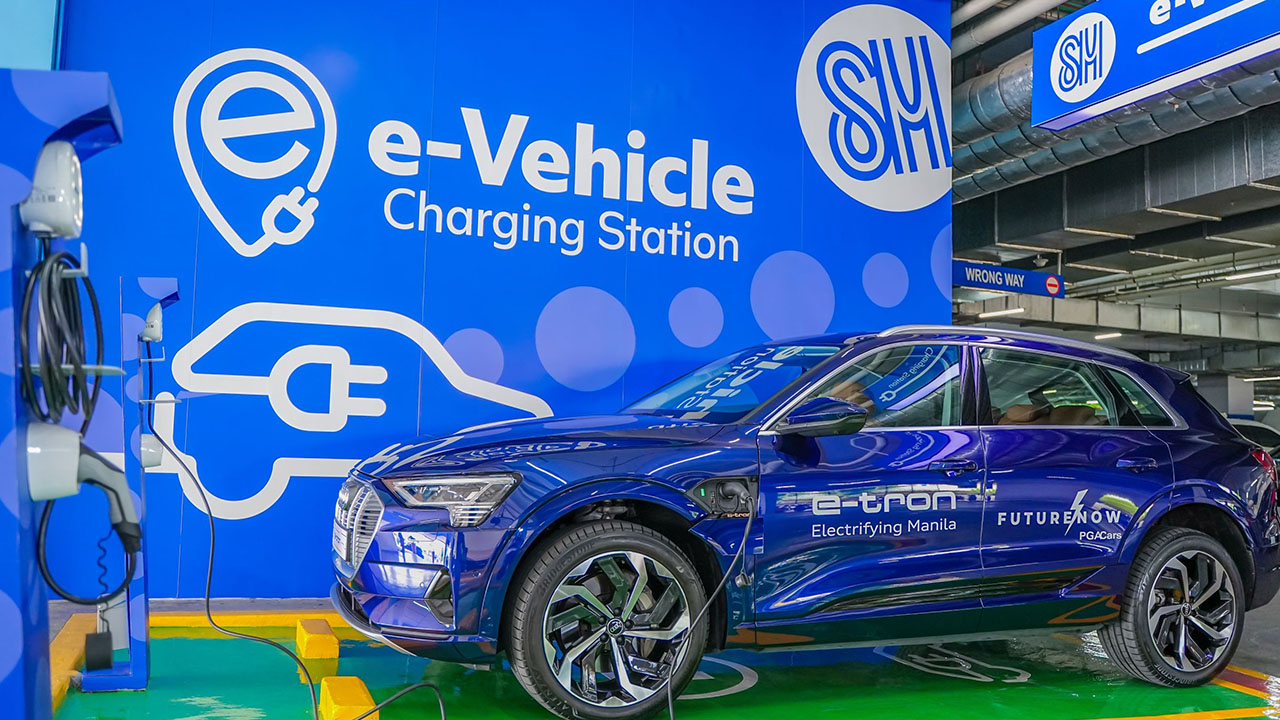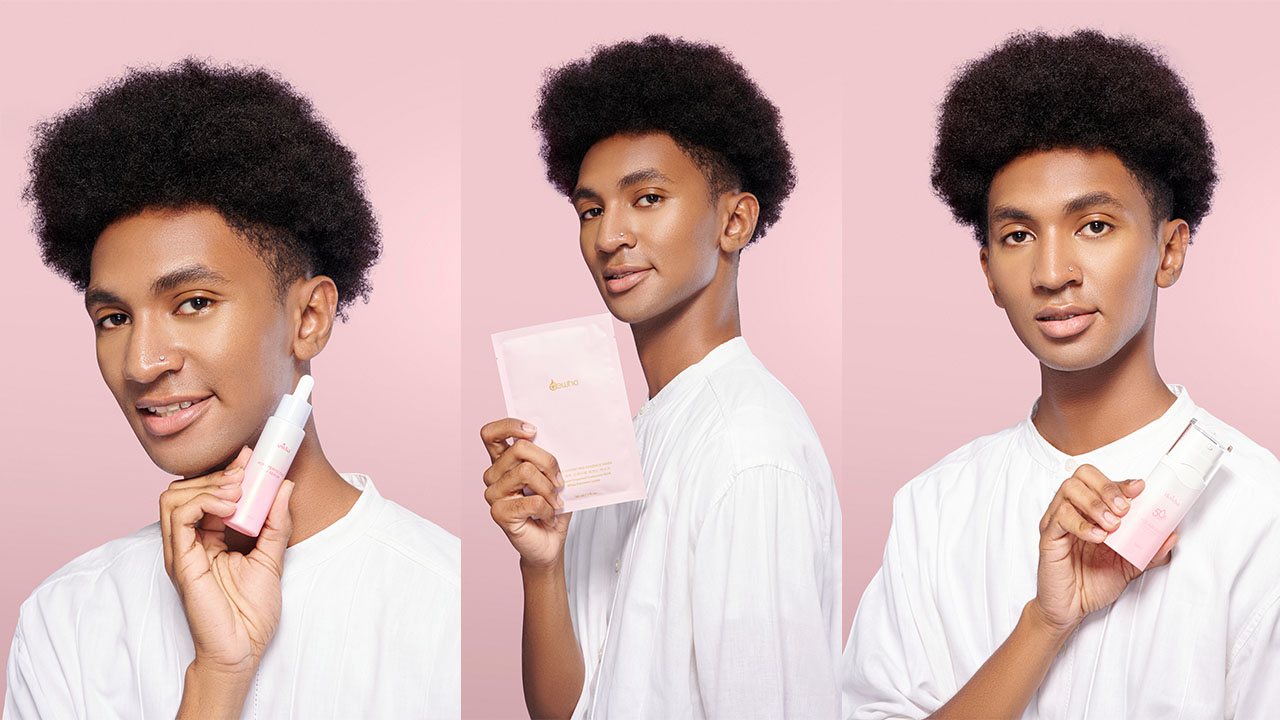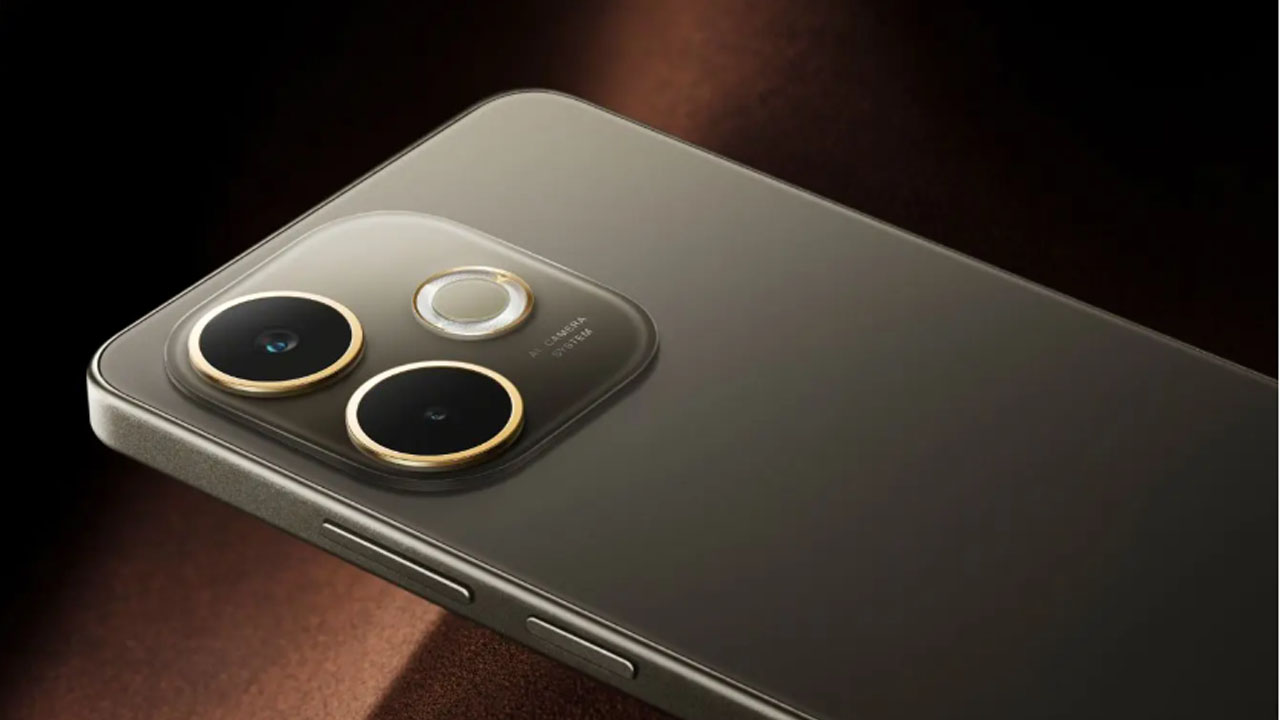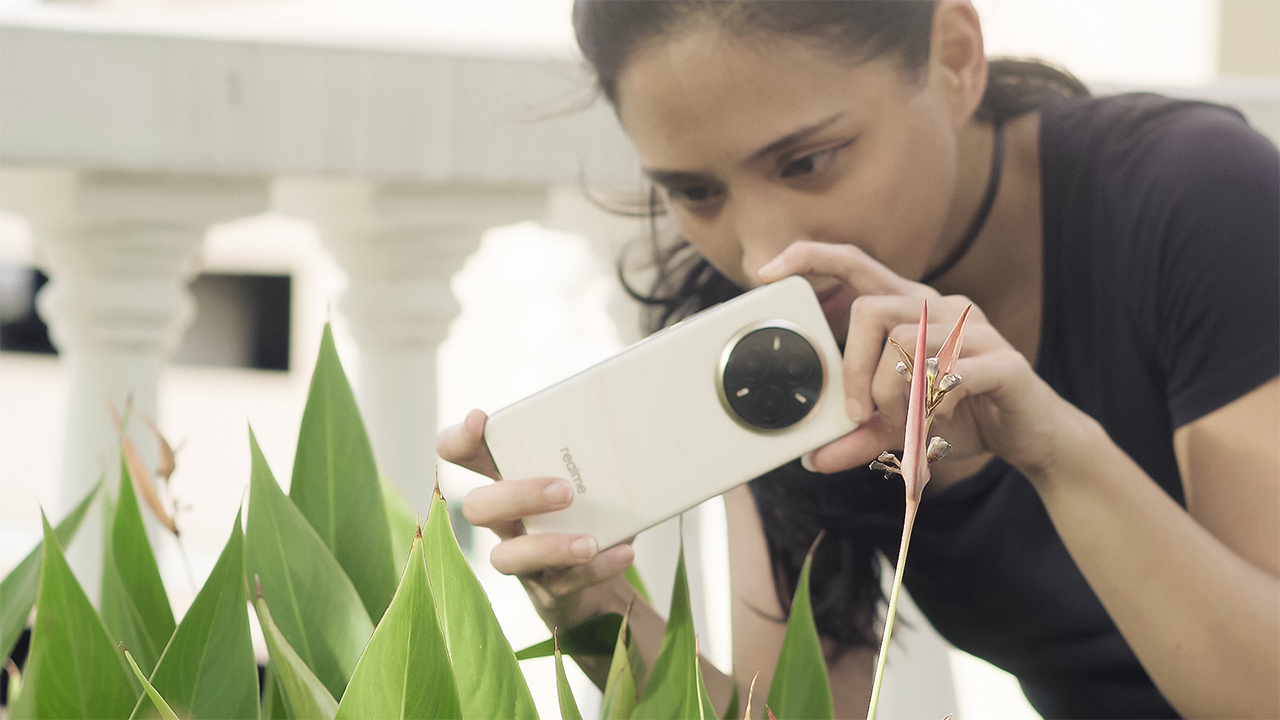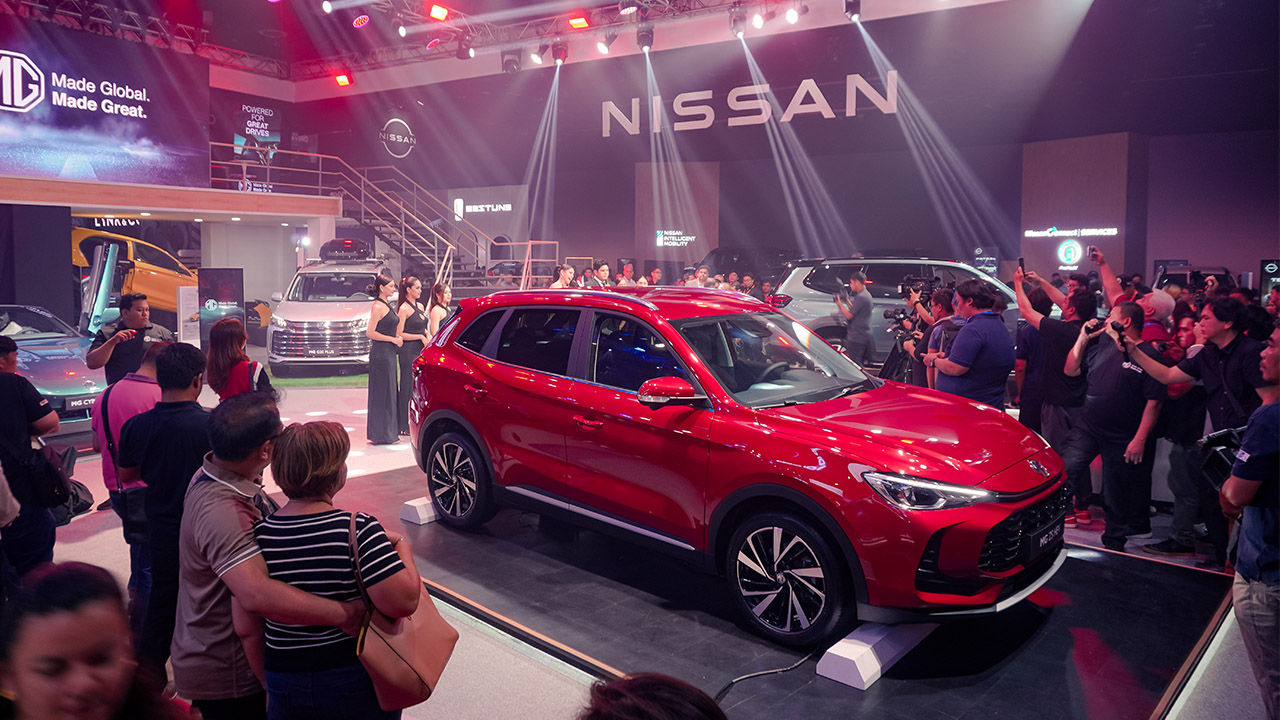The iQOO 13 continues to make a name for itself as a solid value flagship, especially in the Asian market. Just like last year, it’s one of the first devices to pack in the latest flagship processor—this time, it’s the Snapdragon 8 Elite.
Now, while performance is definitely the star of the show with this phone, let’s be real—most of us want a solid camera setup on our phones. Whether you’re snapping photos constantly or just taking the occasional shot, having good cameras makes all the difference. So, today, that’s exactly what I’m diving into — how the iQOO 13’s cameras hold up.
Specs overview
The iQOO 13 comes with a versatile triple-camera setup that covers a wide range of photography needs. The main camera features a 50 MP Sony IMX921 sensor with an f/1.9 aperture, offering sharp, detailed shots with the help of Optical Image Stabilization (OIS) and Phase Detection Autofocus (PDAF). The 50 MP ultrawide lens expands your creative possibilities, capturing wider shots with a 119.4° field of view. There’s also a 50 MP telephoto lens with 2x optical zoom, which provides decent zoom capabilities but lacks the 3x periscope lens found in the previous model. For selfies, the 32 MP front-facing camera with an f/2.45 aperture delivers clear and vibrant shots, perfect for social media.
On the video side, the iQOO 13 supports 8K video at 30fps and 4K at 60fps, with stabilization options including both Electronic Image Stabilization (EIS) and OIS. However, for post-stabilization, the max resolution drops to 1080p. The camera system also comes packed with AI-powered modes, such as Night, Portrait, and High-Resolution, giving you plenty of creative options for different scenarios.
In addition to these, the camera app offers a variety of scene modes, including Snapshot, Night, Portrait, Slo-mo, Time-lapse, and Pro modes, providing a lot of flexibility for different shooting needs.
Camera review
We’ll start with the real-world review of its cameras because that’s what matters most.
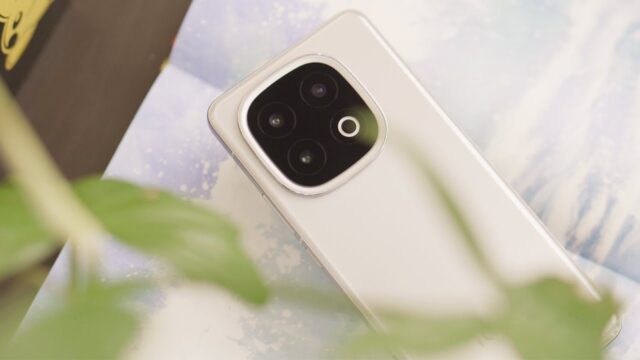
In bright light, the iQOO 13’s triple 50 MP cameras make it a versatile shooter. The main camera is my favorite, consistently sharp and detailed. Images are crisp, colors pop (sometimes a little too much), and the dynamic range is very commendable.
I rarely encountered overblown skies, even on sunny days. As someone who loves taking photos of clouds and buildings, its wide dynamic range is something I truly appreciate.
The ultra-wide camera also performs very well. There’s little detail loss, and sharpness remains intact even at the edges. Again, colors stay consistent with the main camera. One thing that disappoints me, however, is iQOO replacing the more versatile 3x periscope lens of the iQOO 12 with a regular telephoto lens featuring 2x optical zoom.
It’s not a bad lens — you still get good detail, some natural bokeh, and colors consistent with the main lens. However, its portrait mode falls short compared to shooters like the OPPO Reno12 Pro or the HONOR 200 Pro. It’s not as smart at cutting out the subject, and the background blur isn’t as natural as others I’ve seen. The focusing distance is also fairly long, so you’ll need to be a bit farther from your subject to capture sharp details.
You do get plenty of beautification options, though — not something I personally use, but it’s always nice to have.
Shooting at 4x is essentially just cropping the 2x optical zoom, which offers mixed results. Lighting and stability are key to getting good shots, as slight shakes can be noticeable due to the crop.
Low light performance is tricky — at least, that’s been my experience.
Indoors, with limited light, photos tend to lose detail and vibrancy, resulting in somewhat lackluster shots. However, shooting outdoors at night yields much better low-light photos. There’s probably a bit more light in these shots, and the difference in processing is noticeable. For low light, the main camera is your go-to, as it’s best at retaining details and reducing noise.
Speaking of processing, the iQOO 13 could improve on this front. On more than one occasion, I’ve found myself opening a photo right after taking it only to realize it’s not done processing.
In trickier shooting scenarios, you can opt for other modes. I used Supermoon to capture these shots while in a moving car, and I’m pretty happy with the results.
For selfies, you do get an upgrade but there’s really nothing to rave about either. The 32-megapixel camera snaps fine but it’s not the best considering this lens is common for a front-facing camera and we’ve seen better performance even on more affordable phones.
Pro mode and video quality
Shooting in Pro Mode allows you to capture RAW and JPG images at the same time. And you can really tell they are RAW imges just by comparing them to the JPG output from the phone.
Unlike a lot of Pro Modes, you can also zoom in digitally but the RAW file will still be in the base focal length of the camera you are using to shoot. You get the zoomed in shot with the JPG it produces alongside the RAW file.
RAW images from iQOO are very vivid and retain a lot of noise especially when shooting above iso 500. Nevertheless, it was easy to reduce noise and grain during post-processing. The preserved info also gave a lot more room to edit which is great because I actually am not a big fan of the baked-in color profile.
On the video side of things, the iQOO 13 doesn’t output the sharpest but it’s got plenty of color, details, and again, dynamic range.
Stabilization is good on the main camera even without ultra stabilization turned on. Ultrawide does exhibit some loss in quality, especially in low light, this holds true for the 2x optical zoom as well with muddier, less distinguishable details.
The main camera will be the best in low light for video as well.
iQOO 13 quick review: It’s a performer first, still, and it’s great at that
The IQOO 13 may not be exceptional when it comes to cameras l but what it does offer is excellent performance no matter what task you’re giving it.
Obviously with its flagship processor, all the tiny tasks like social media browsing and the like are a walk in the park. It also edits photos and videos. Capcut was all well and smooth and even editing 360 footage on the Insta360 app was a very pleasant experience.
Now if your aim is to game, the IQOO 13 will be very much up your alley with its Snapdragon 8 Elite processor, iQOO’s supercomputing chip, generous amount of RAM, and also storage.
It’s built with a ton of features that support gaming like Super Resolution and Super Frame Rate for a very enjoyable visual experience. And it’s partnered With a 6. inch 2K LTPO AMOLED with up to 144Hz refresh rate and a whole bunch of eye care that both gamers and non-gamers will benefit from
It’s got a massive battery that lasts pretty much the whole day and supports fast wired and wireless charging too. It’s slim but remains durable though you are getting pretty much the same design here from last year.
One complaint
Now I came in knowing that the iQOO 13 isn’t the best when it comes to mobile photography but it does offer a really good experience when you think about everything else that it offers as a full package.
But I do have one complaint and I don’t know if this is an isolated case or not. In my time with this phone, I found that it would abruptly and almost always shut down apps after some time. I thought it was just the camera app at first but it also happened to a game I was playing as well as my remote camera control app.
Now, I don’t know if this is because of its processor and that these apps may not be well tuned for it yet but it’s been a consistent and frankly very annoying bug.
Again, like its cameras, hopefully, this gets fixed with an update later on.
Final thoughts
Again, if we’re talking about cameras alone, the iQOO 13 isn’t pretending to be a pro photographer’s dream — it’s a people-pleaser kind of camera with little to nitpick if you use it casually.
That being said it’s easy to conclude that the iQOO 13 is definitely a performance-first device with cameras that are more than adequate for most users.
Given its target market — power users, gamers, and tech enthusiasts — the iQOO 13 strikes a great balance. It’s a performance powerhouse that doesn’t try to overextend itself in the camera department but delivers just enough to satisfy casual photographers. For those who prioritize speed and versatility, it’s an all-rounder that knows its audience and plays to its strengths.














